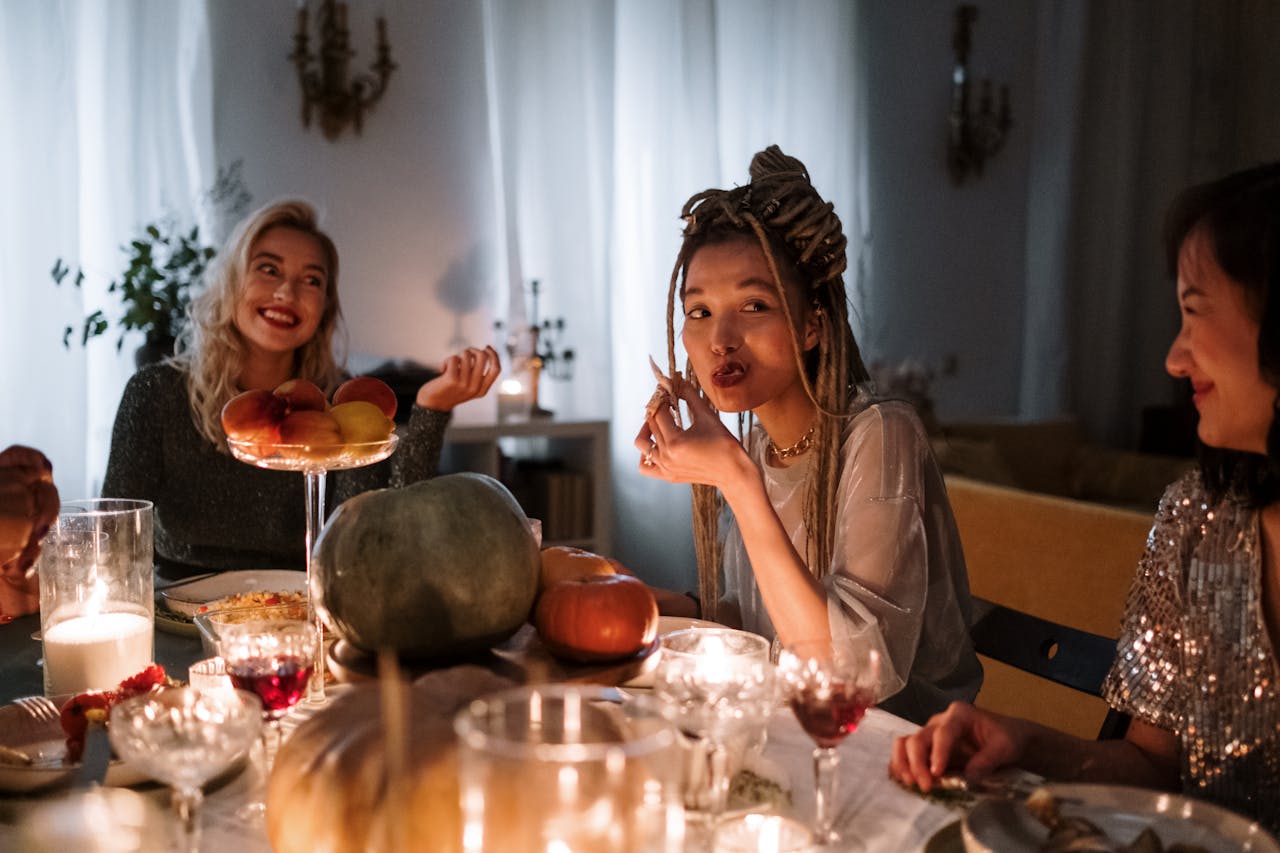Autumn arrives with a scent that signals sweaters, porch lights, and warm kitchens. Pumpkin spice does more than flavor lattes; it carries centuries of trade, memory, and domestic ritual. Bakers reach for cinnamon, ginger, nutmeg, clove, and allspice because those notes read as cozy even before the first sip. What this really means is that nostalgia has a recipe. The blend changes slightly from home to home, yet the feeling lands the same. Here are six unexpected angles behind the season’s favorite mix.
It Often Contains Little or No Pumpkin
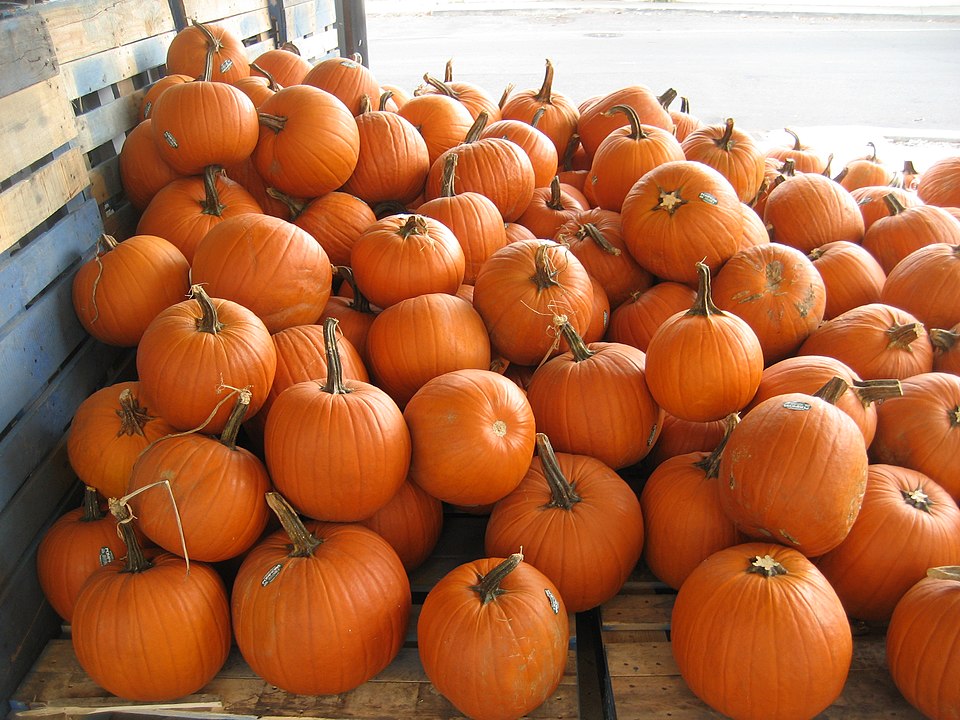
Pumpkin spice usually flavors pumpkin, it rarely is pumpkin. The blend is mostly cinnamon, ginger, nutmeg, clove, and sometimes allspice. Many pies in the U.S. rely on canned pumpkin made from Dickinson squash, a cultivar chosen for texture and sweetness. The spice signals pumpkin to the brain even when none is present. That association is strong enough to carry cookies, granola, and coffee drinks without a single orange cube in sight.
A Modern Icon Began As A Test Beverage
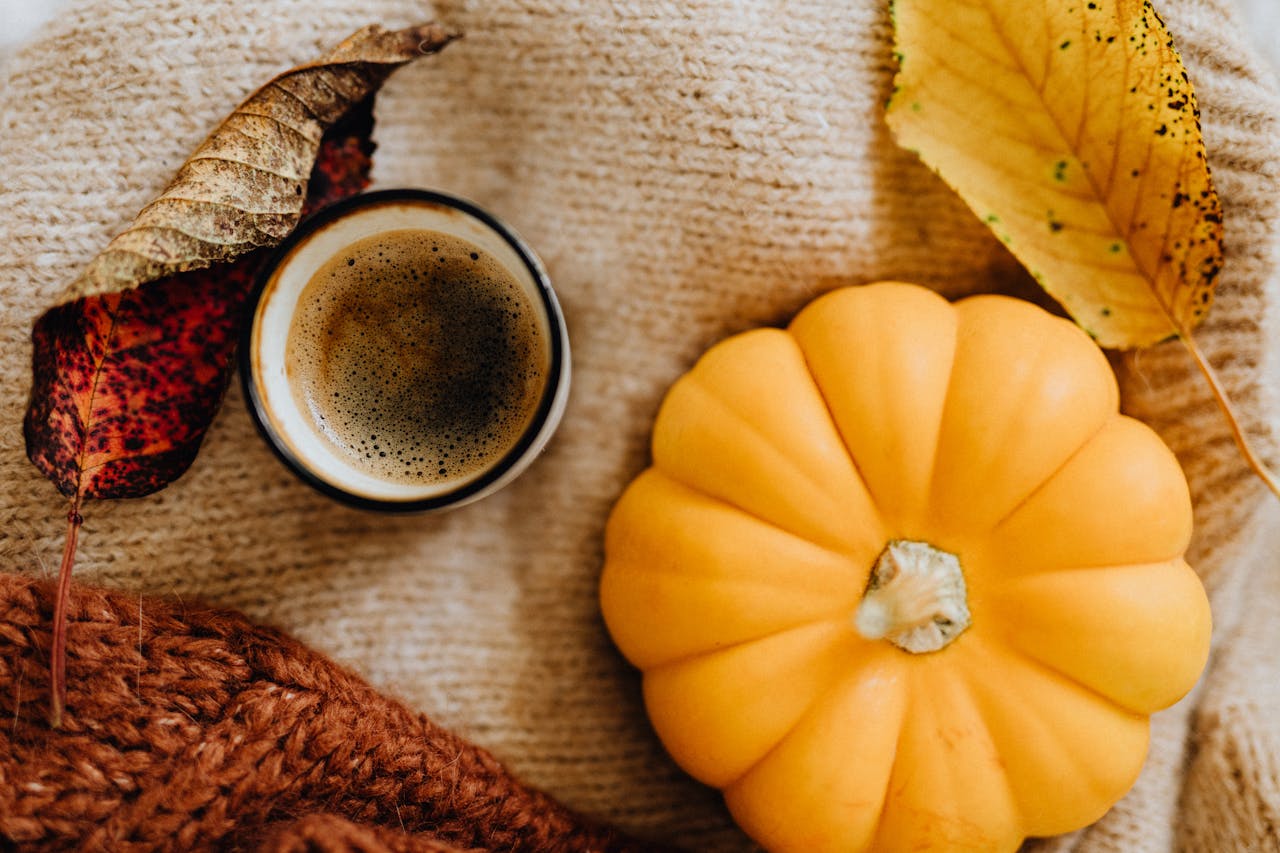
The flavored latte that turned pumpkin spice into a pop symbol started as a small test in the early 2000s, then scaled after sales and social buzz spiked. Seasonal release windows built anticipation and set an unofficial start to fall across cafes and grocery aisles. Limited runs encouraged early tastings and repeat visits. Over time, the drink became shorthand for changing leaves, football nights, and the cheerful march of comfort foods back onto menus.
The Flavor Has Deep Colonial And Medieval Roots
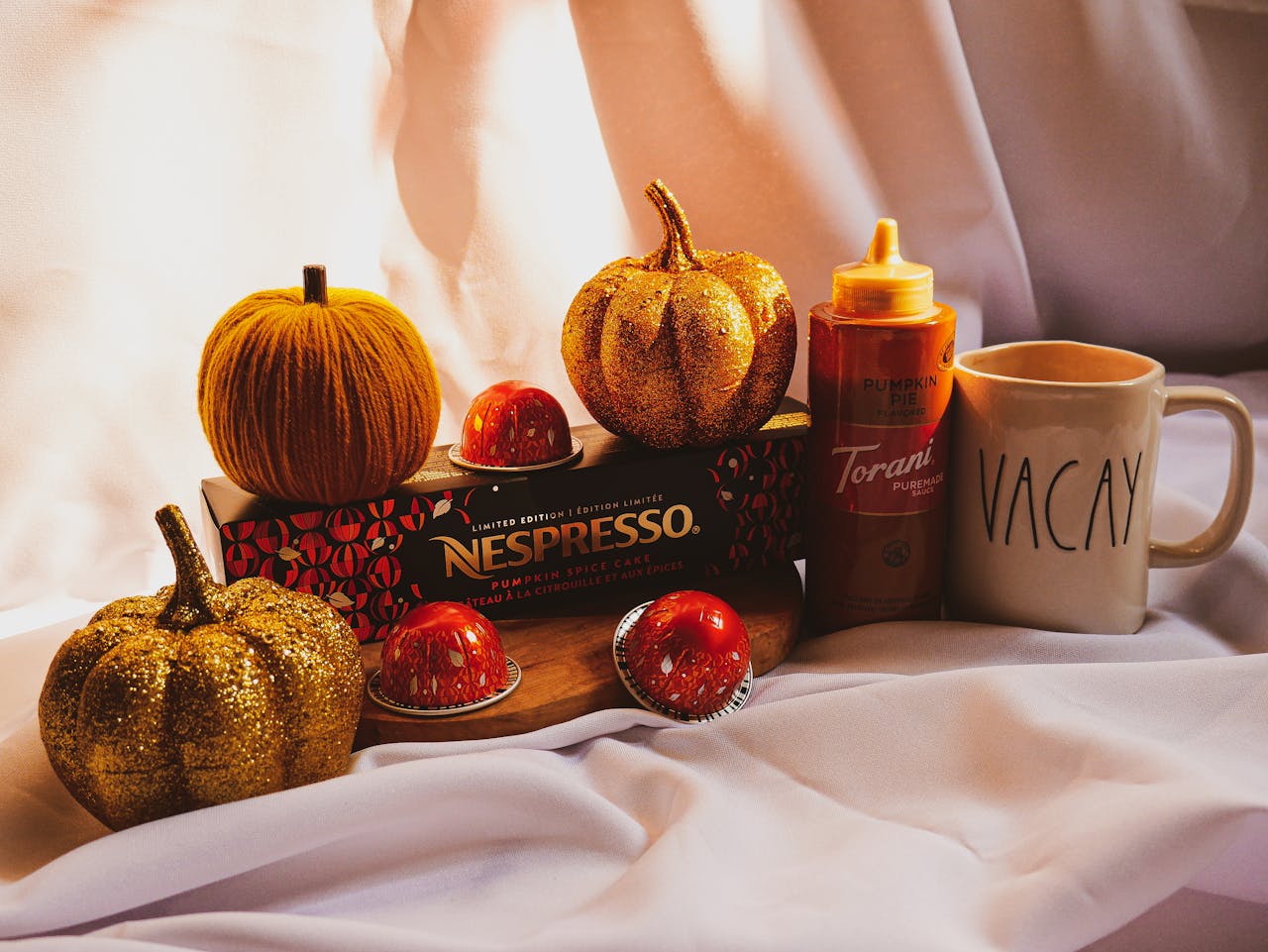
Long before coffee cups carried the name, European and American cooks seasoned pumpkins and squashes with imported spices from Asia. British recipes for pompion pie called for cinnamon, nutmeg, and clove alongside cream and eggs. Dutch and English trade routes made those jars status items on colonial shelves. The result was a sweet, custardy filling that masked fibrous textures and turned humble gourds into holiday centerpieces that felt festive and refined.
Warm Spices Do More Than Taste Good
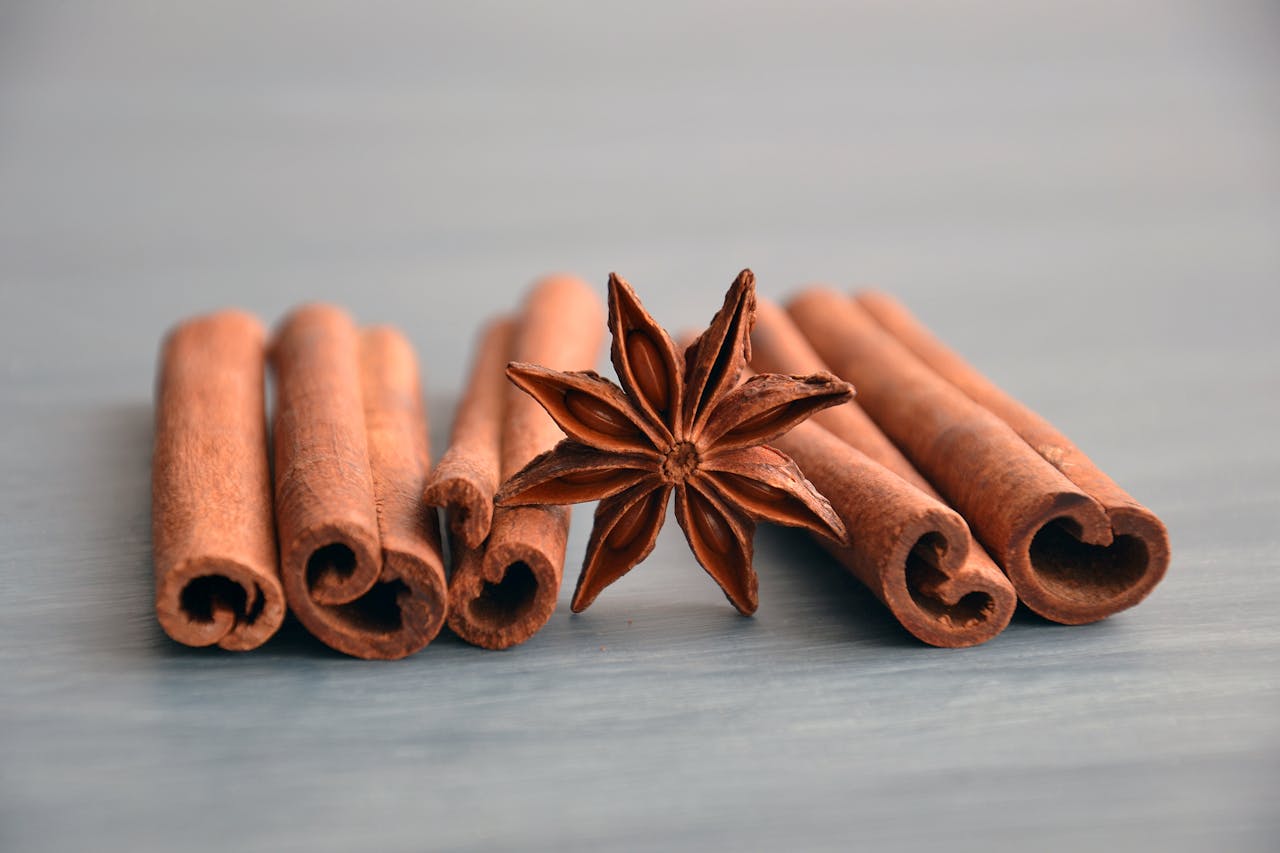
The classic five bring aroma, but they also contribute tiny amounts of beneficial compounds. Cinnamon and clove carry polyphenols, ginger supports digestion for some, and nutmeg adds depth with a little going a long way. The health halo has limits since many treats add sugar and cream, yet the spices themselves are doing honest work in the background. A pinch or two changes a bowl of oats, a pot of tea, or a simple roasted squash.
Scent Drives The Craving Through Memory
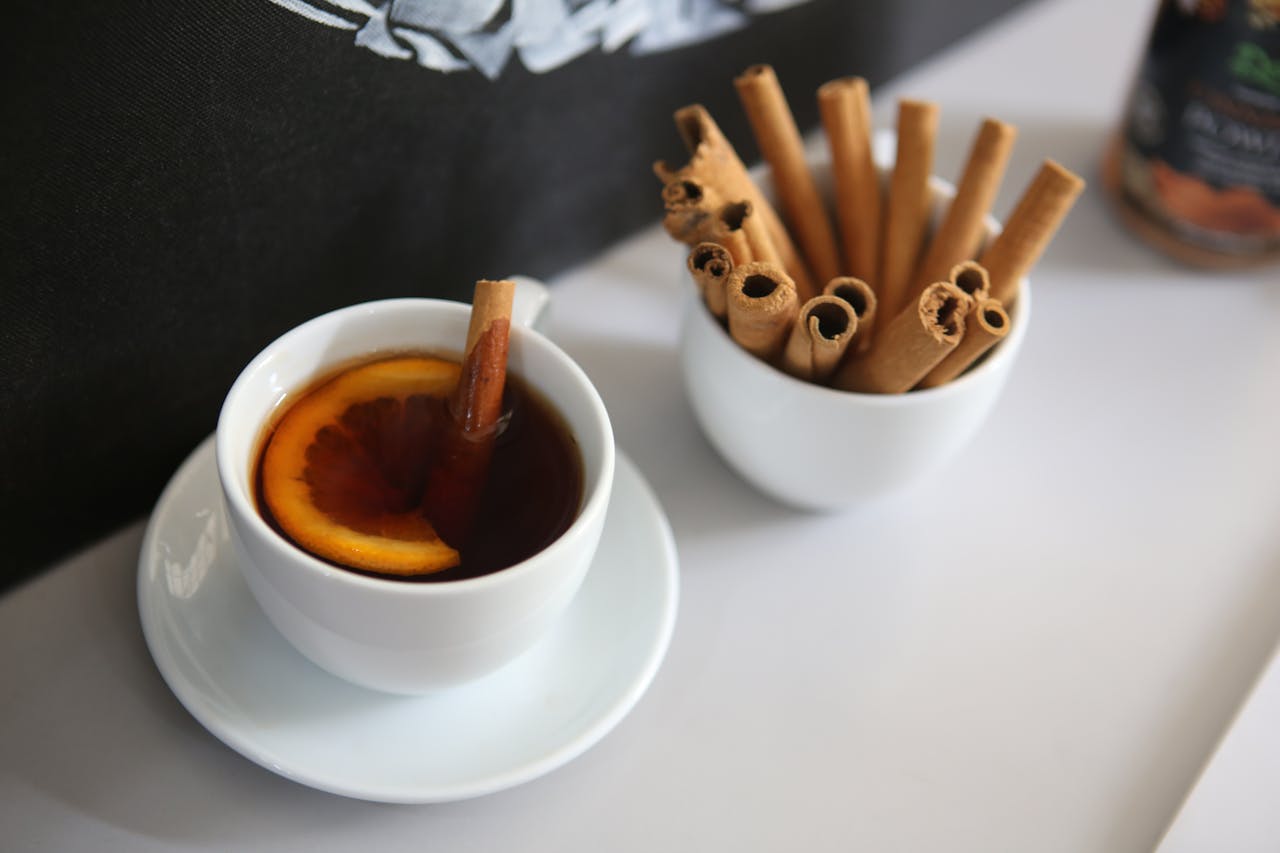
Pumpkin spice hits first through smell, then taste. Aroma molecules rise through the nose and palate, link with memory centers, and unlock stored scenes like school returns, family tables, and crisp air at dusk. Marketers lean on that loop with seasonal packaging and warm color palettes. The psychology is simple. When a scent recalls comfort, the mind looks for ways to repeat it. One whiff and the calendar feels like it turned a page.
The Blend Travels Well And Adapts
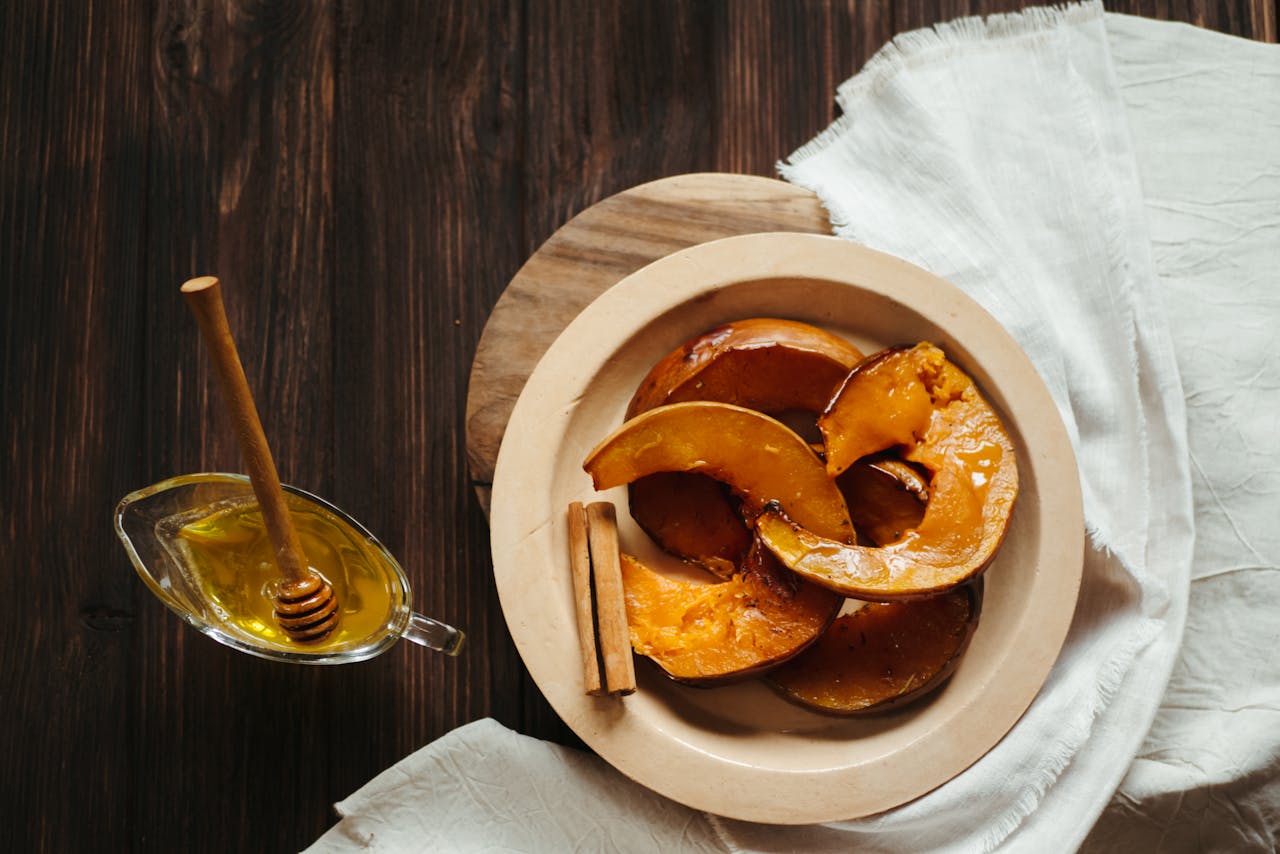
Pumpkin spice shifts shape across borders. In Mexico, candied calabaza simmers with cinnamon and piloncillo for Day of the Dead. Japan favors kabocha snacks that echo the same warm notes. In the U.K., bakers fold similar spices into tea loaves. India’s garam masala is not pumpkin spice, yet overlapping aromatics explain why spiced squash curries feel familiar. The core idea stays steady. Sweet squash plus warming spices equals comfort that crosses kitchens and languages.
